In Buddhism, the image of Buddha is not simply a work of art or a cultural symbol. It is a spiritual support, a “mirror of the heart” that helps people return to their inner values. The monolithic jade Buddha statue in the ancient Tung Van temple has such a meaning, both as an embodiment of Buddhist faith and a silent voice reminding people of the path to liberation from suffering.

Panoramic view of the jade Buddha statue placed in an elaborately carved altar, surrounded by the ancient space of the main hall of Tung Van Pagoda.
The jade material is the first thing that makes the statue special. Green jade is transparent, when light penetrates, the color changes from cool to deep. In Buddhist concept, jade symbolizes purity and wisdom, the more polished, the clearer, the more challenges overcome, the more true value is revealed. Looking at the statue, pilgrims feel not the flashy beauty, but the cool and quiet like the human mind when washing away greed, anger, and ignorance.

The jade Buddha statue at Tung Van Pagoda with its gentle face, golden light reflected in the incense smoke, evokes a feeling of tranquility and peace.
The Buddha in the statue is carved in a meditative posture, legs crossed, hands in the Samadhi mudra. This is not just a classic sitting posture, but a symbol of balance between suffering and happiness. Eyes slightly closed, lips smiling, face gentle, all the turmoil of the world seems to be dissolved in the moment the person stands before him. For many Buddhists, it is a reminder of mindfulness, letting go of worries, being grateful for the present, and being kind in life.
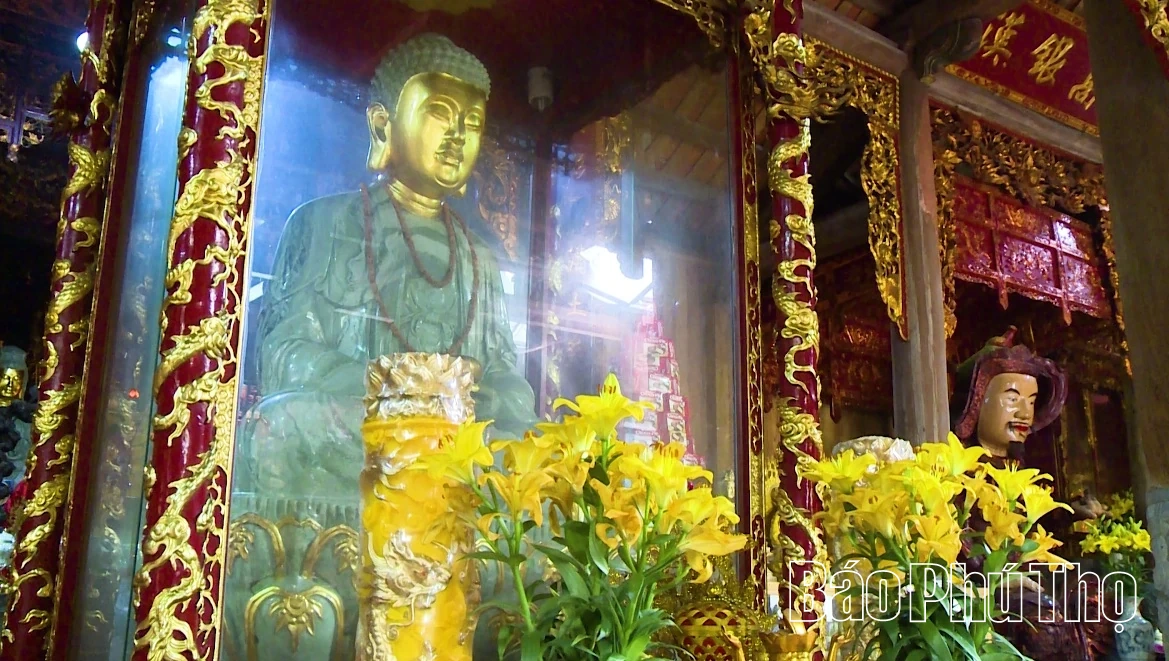
The main hall is shimmering with lights, each pattern surrounding the jade Buddha statue seems to support a sacred energy in everyday life.
What makes the jade Buddha statue at Tung Van Pagoda even more valuable is the arduous process of making it. The solid jade block is heavy and easily broken, requiring absolute tranquility from the artisan. Each chisel is a "dialogue" with the stone, allowing no mistakes. This creates a profound meaning, the Buddha statue is the result of patience, like a monk who must go through countless challenges to reach the shore of enlightenment. When people burn incense before the statue, they also remember the diligence and devotion crystallized in each piece of jade.
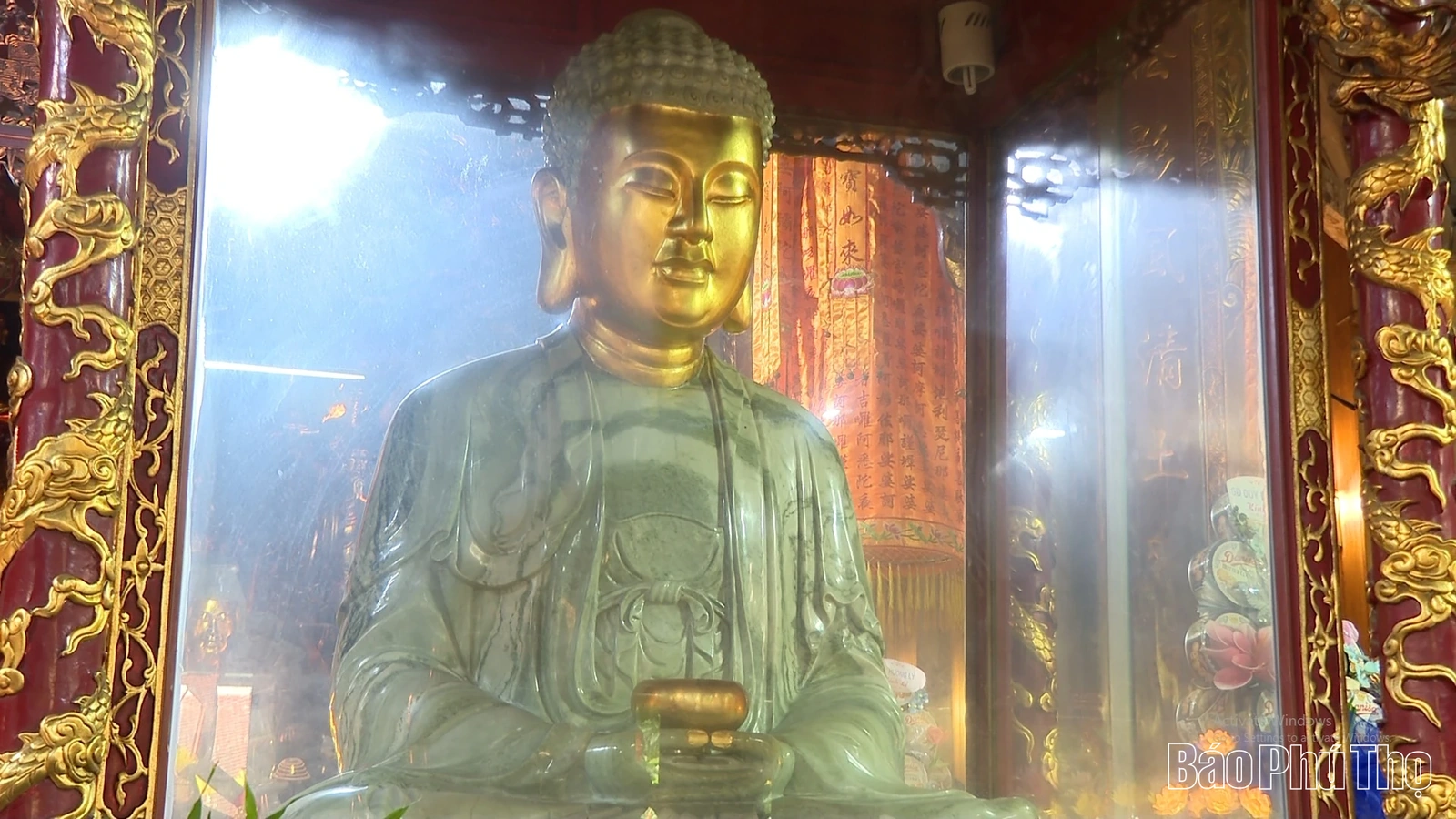
The jade Buddha sits in lotus position in meditation, his body is green and cool, creating a majestic and pure look in the heart of Tho Tang.
In rituals, the statue is not only an object of worship, it is also a space for people to face themselves. People who come from far away to the temple, in the moment of sitting quietly at the foot of the statue, often feel their hearts sink. The noise of modern life, the bustling trade of Tho Tang, the worries of making a living... seem to drift behind. There, the jade Buddha statue becomes a bridge between everyday life and the spiritual world, between people and universal values, causing no harm, no obsession, nurturing compassion.

The main hall is shimmering with lights, each pattern surrounding the jade Buddha statue seems to support a sacred energy in everyday life.
Many Buddhists believe that the light reflected from jade is not only a natural effect, but also a symbol of Prajna wisdom, “the jade is brighter when it is freed from impurities, the mind is purer when it is freed from afflictions”. Therefore, the jade Buddha statue at Tung Van Pagoda is not simply a record or a spiritual tourist destination. It is a source of spiritual energy, a place where people come to remember that peace is not far away – it always starts from understanding and tolerance in each person.

Buddhists clasp their hands before the jade Buddha statue, letting go of life's worries and turning their minds to the peace of Buddhist teachings.
Kim Lien
Source: https://baophutho.vn/phat-ngoc-va-loi-thi-tham-cua-long-tin-243349.htm






![[Photo] President Luong Cuong attends the 50th Anniversary of Laos National Day](/_next/image?url=https%3A%2F%2Fvphoto.vietnam.vn%2Fthumb%2F1200x675%2Fvietnam%2Fresource%2FIMAGE%2F2025%2F11%2F27%2F1764225638930_ndo_br_1-jpg.webp&w=3840&q=75)
![[Photo] Prime Minister Pham Minh Chinh chairs the 15th meeting of the Central Emulation and Reward Council](/_next/image?url=https%3A%2F%2Fvphoto.vietnam.vn%2Fthumb%2F1200x675%2Fvietnam%2Fresource%2FIMAGE%2F2025%2F11%2F27%2F1764245150205_dsc-1922-jpg.webp&w=3840&q=75)
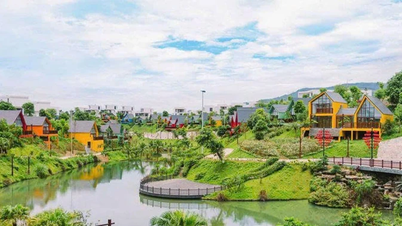
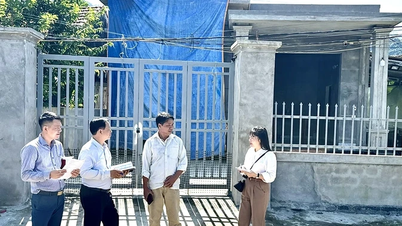
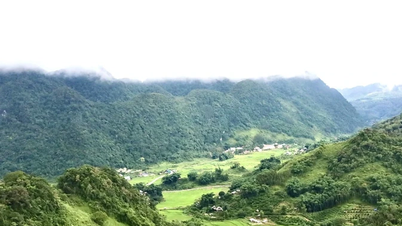




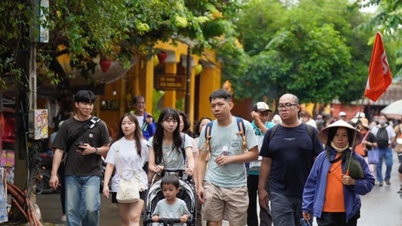





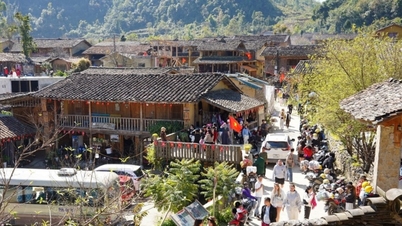
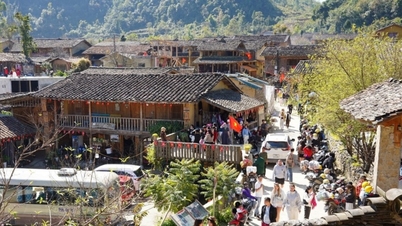








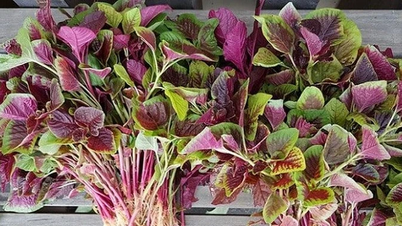
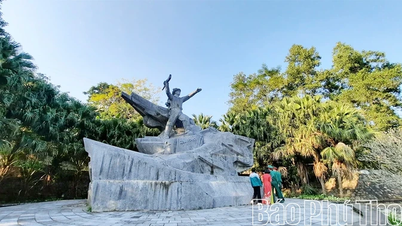

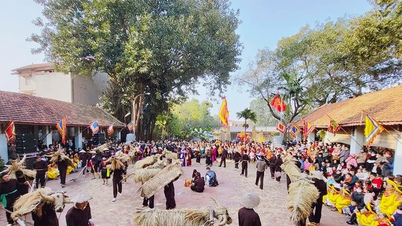




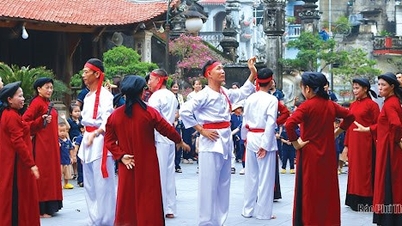

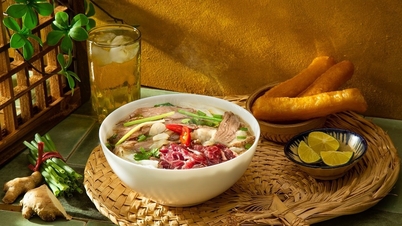




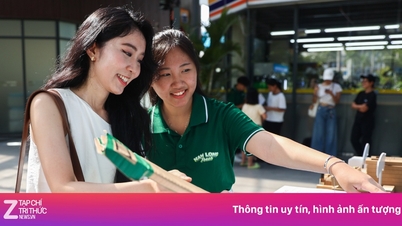














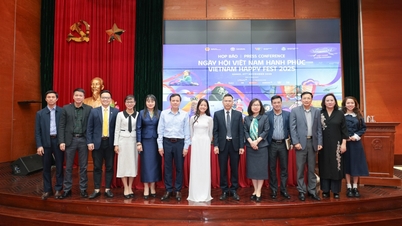













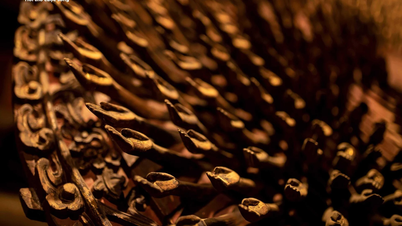



















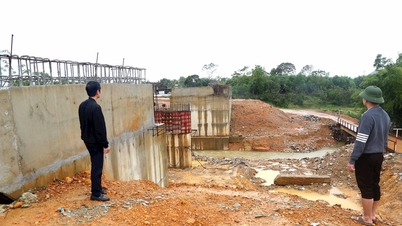












Comment (0)